P-90 pickups are one of the most beloved and iconic pickups in the guitar world. From their classic soapbar look to their spanky and warm tone, these pickups have earned their place in guitar history.
Though most of us have probably heard and played P-90s at some point, many don’t know the history behind them and how they came about. The origins of the P-90 are a classic tale of American ingenuity, so let’s take a look at how these pickups managed to become a guitar mainstay.
Pre P-90
The story of the P-90 actually begins years before the P-90 was even a thought, back to the days prior to the invention of alnico magnets. Gibson’s first electric guitar pickup ever was put in the ES-150 in the 30s and became known as “the Charlie Christian.” However, these early pickups—while great—weren’t exactly what Gibson was looking for. They required massive cobalt magnets and weighed two pounds, so they kept tinkering.
Their next iteration would come in 1940, which ended up being a very unusual pickup with alnico magnets. It was known as an “offset adjustable pickup” and ran diagonally from the neck to the bridge. It quickly evolved into a shorter version, but both of these pickups were quickly overshadowed.
The head of Gibson’s electronics department, Walt Fuller, created another pickup in 1940—the P-13. This pickup also used alnico magnets, but it was even more compact than the prior Gibson alnico pickups. They look much closer to a regular set of pickups, though they look more like mini-humbuckers than P-90s.
Tonally, they are fairly dark and distinct pickups. Many traditional blues players like them for their vintage sound, as well people with older Harmony or Silvertone style guitars looking for a more “period correct” pickup. However, these pickups would eventually fall by the wayside just like Gibson’s prior pickups.
Creation of The P-90 Pickup
As with all guitar companies in the US, World War Two shifted Gibson’s manufacturing capacity towards the war effort. During the war, Walt Fuller actually supervised the company’s military electrical assembly subcontracts. When the war ended in 1945, Gibson and Fuller were ready to put all their efforts into guitars.
By 1946, Fuller already had a new design ready—the P-90. He combined elements from the improved diagonal pickup and the P-13, creating a new pickup that would quickly take the guitar world by storm. It had adjustable pole pieces, alnico magnets, and was basically a large single coil pickup. The P-90 became Gibson’s defacto pickup for over a decade. Everything from their high-end jazz models to the Les Paul Jr. featured a set of P-90s, making them one of the most popular pickups of the era.
P-90s were such a great design that Gibson started making different variations for different guitars/instruments. There were “dog ear” P-90s, which were used on certain models like the Les Paul Jr. They also created a smaller version of the P-90 for tenor guitars and mandolins, which became known as the P-45.
Though P-90s would be dethroned as Gibson’s main pick up in 1957 by Seth Lover’s PAF pickups, the classic P-90 is still popular to this day. Seth Lover may get most of the fame when it comes to inventing pickups for Gibson, but Walt Fuller also deserves recognition for his incredible creations.
So what was so special about the P-90 in the first place? What made them so innovative at the time, and why have they managed to endure decades of innovation and remain so popular? To answer that question, let’s take a look at how P-90s actually work and how that translates into tone.
How P-90 Pickups Work
At their core, P-90 pickups are just large single coil pickups. They originally featured a 42 AWG coil, which is much wider than the coils in Telecaster or Stratocaster pickups. The bobbin is also wider, though shorter. This may sound like a minor detail, but this means that the wires are wrapped closer to the poles, resulting in higher output. They are about double the size of a regular single coil pickup, mainly due to the double alnico magnets used.
While they may be fairly similar to a regular single coil pickup, all of these smaller differences add up to make a pickup that is incredibly unique. With the technical specs out of the way, let’s focus on what really matters—how they sound.
The P-90 Sound
Sonically, many describe P-90s as being in between a single coil and a humbucker. They still have a lot of the brightness and “spank” of single coils, but they also have a higher output which makes them sound more thick and rich than single coils. Higher output also means they break up more easily and have less headroom. Still, they’re clear and punchy but warm and smooth, making them a solid choice for all types of players.
Arguably the best part about P-90s are their versatility, and many believe that they are the most versatile pickups ever made. They were first used by jazz and country players in the 40s, then rock players in the 50s and 60s, then punk players in the 70s and 80s. That alone shows that P-90s are capable of handling a wide variety of different sounds and styles. P-90s may work “best” with jazz and rock, but they can be used for nearly anything and everything.
Famous Players
You can talk about pickups all day long, but we all know it’s easier to just listen. Here is a small selection of famous P-90 users that shows off the versatility of the pickups. These guitarists all used P-90s at some point in their career, and these recordings show off what P-90s are capable of.
Jim Hall
Jim Hall was an earlier user of P-90s and a great example of how well they can be suited for jazz. With a Gibson hollowbody in hand, Hall was able to get a clean, clear, and punchy jazz tone that fit perfectly with his playing style. Though P-90s may be more associated with rock in modern times, they used to be more well known as a jazz pickup. Hall later moved to other pickups, but the P-90 sound from his early career is top-notch.
John Lennon/The Beatles
John Lennon’s Epiphone Casino is one of the most iconic guitars ever, and it featured two dog ear P-90s with metal covers. Lennon used the guitar for many Beatles records from Revolver on, as well as at the infamous rooftop concert and some of his solo work. Tonally, Lennon got a variety of different tones from the guitar. From more distorted tones to cleans to light distortion, Lennon got a huge tonal range out of his P-90s. The sound of the Beatles would not be the same were it not for P-90s.

Neil Young
Lastly, here’s a more intense example of what P-90s are capable of. Neil Young has used P-90s throughout his entire career, and he plays guitars with them almost exclusively (other than his Gretsch White Falcon). His most iconic guitar, Old Black, originally was a Les Paul Gold Top with two P-90s. He used the guitar with that set-up on Everybody Knows This Is Nowhere and After the Gold Rush. Soon after, the bridge P-90 was lost and replaced with a Firebird mini-humbucker. This P-90 neck/mini-humbucker bridge setup is what Neil uses to this very day. He also uses a number of other P-90 equipped Gold Tops, such as the one in this video.
Neil Young can be a love or hate kind of artist, but it’s hard to deny the sheer power of the tones he gets from a P-90 pickup and a Fender Tweed Deluxe. His tone is ragged, thunderous, thick, and cutting all at the same time. It’s truly an unmistakable and instantly recognizable sound, and P-90s are a big part of it.
It’s also worth noting that legendary producer Daniel Lanois also uses a nearly identical set-up, lending his P-90 driven sound to everyone from Bob Dylan and Willie Nelson to Emmylou Harris and the Red Dead Redemption II soundtrack.
Conclusion
P-90s may be a design over 80 years old, but they’re still remarkably useful, versatile, and great sounding pickups. From jazz and country to rock and punk, P-90s can handle about anything thrown at them and sound great while doing it.
Walt Fuller managed to create an incredibly forward thinking pickup that changed the sound of music at the time and continues to shape the sound of guitar. So next time you pick up your favorite guitar with P-90s or put on a Beatles record, take a moment to think about Walt Fuller and the interesting history behind his iconic pickups.

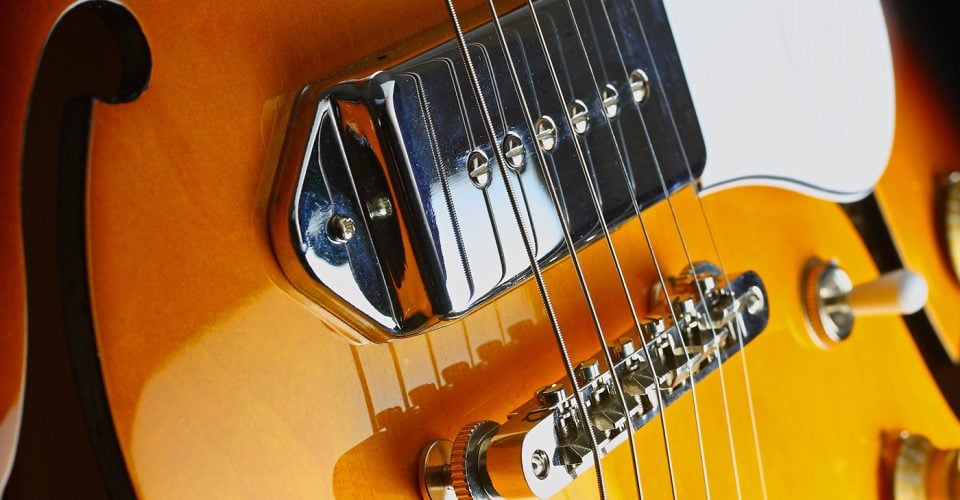

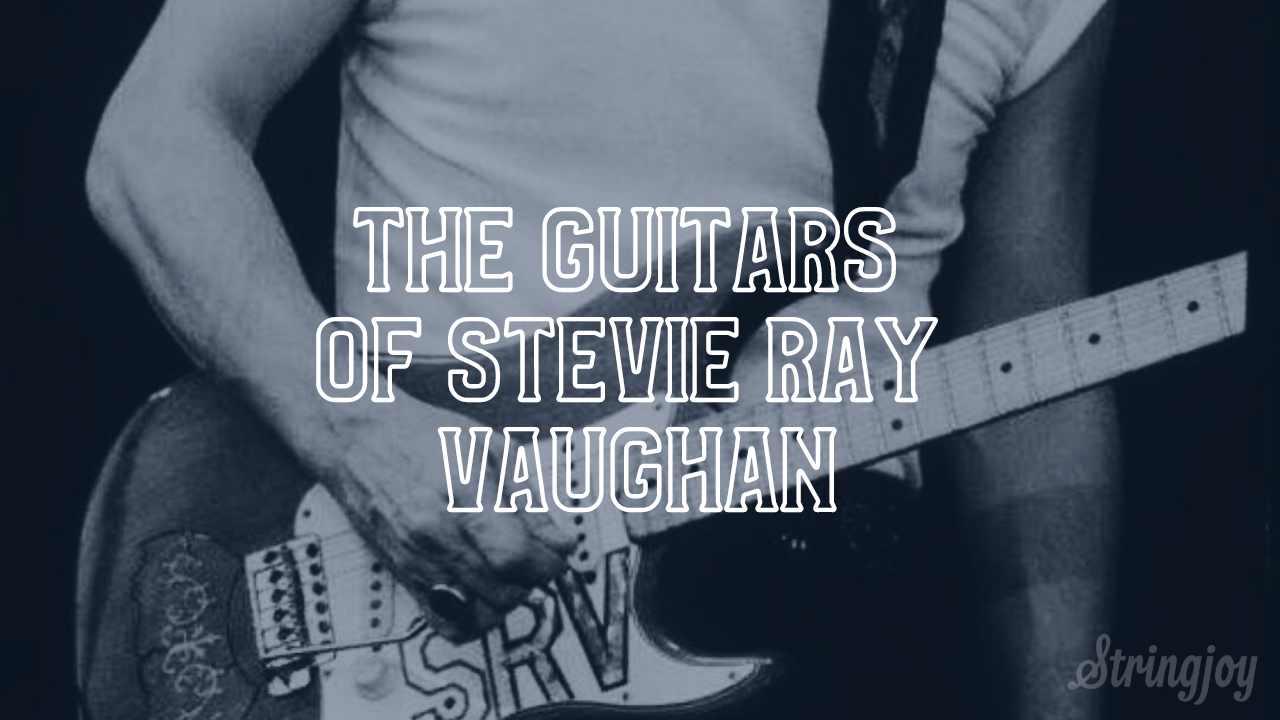
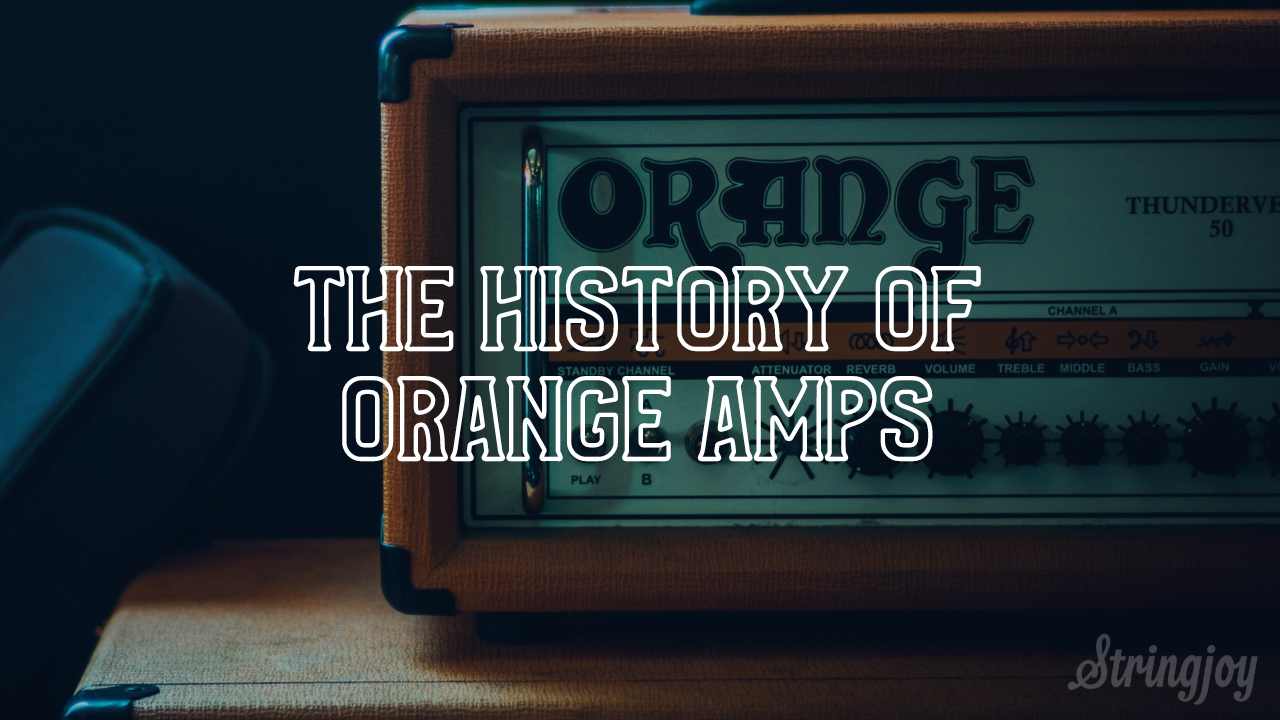
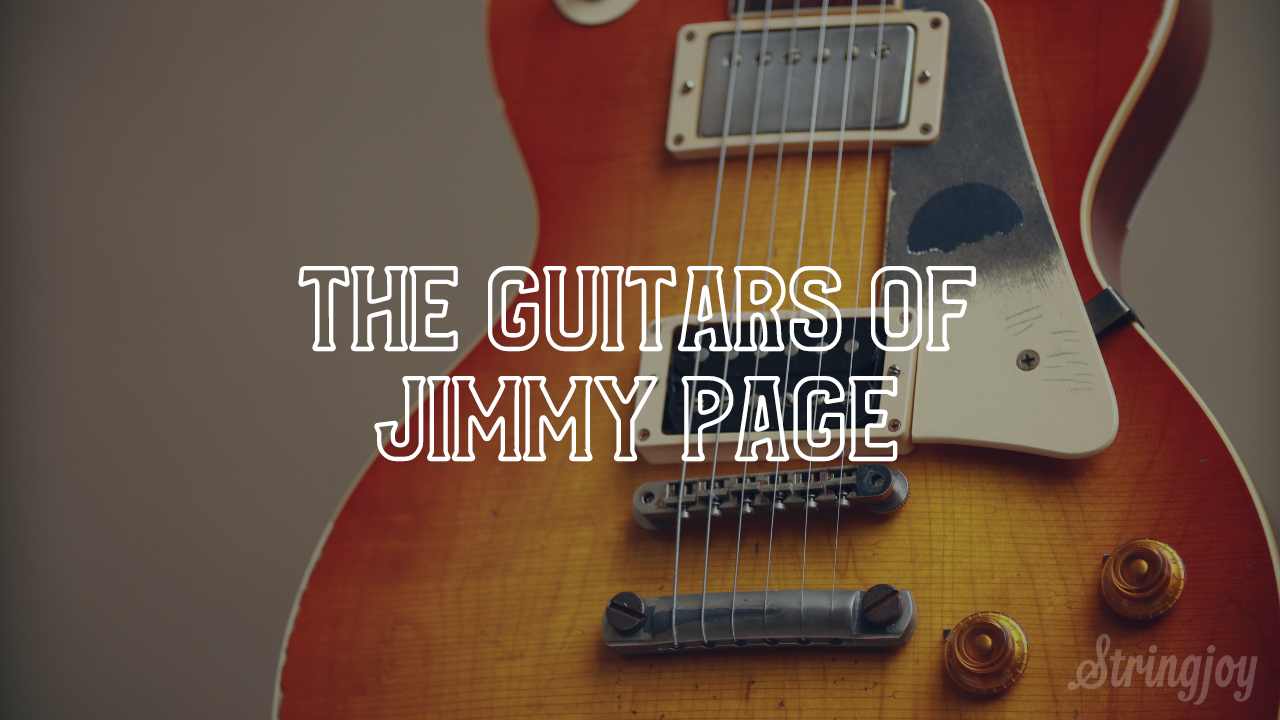

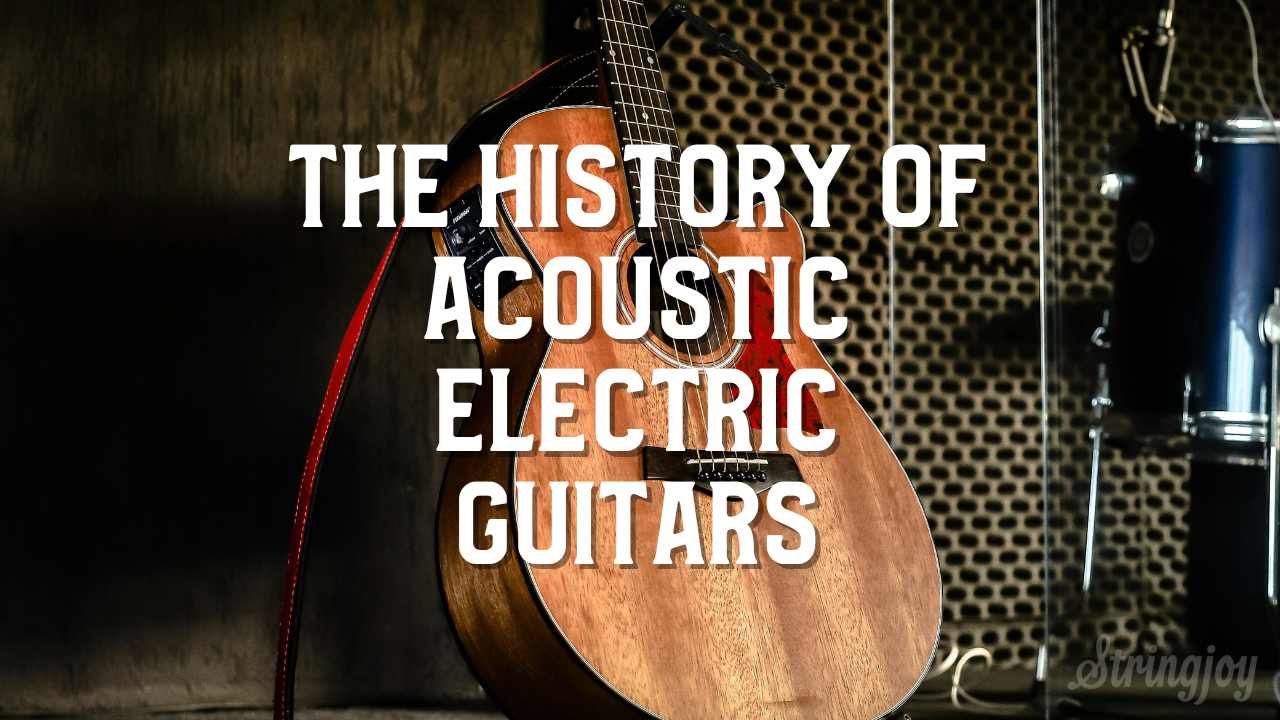
One Response
This newsletter provides a lot of interesting information on a variety of topics. I like it almost as much as I like your strings.